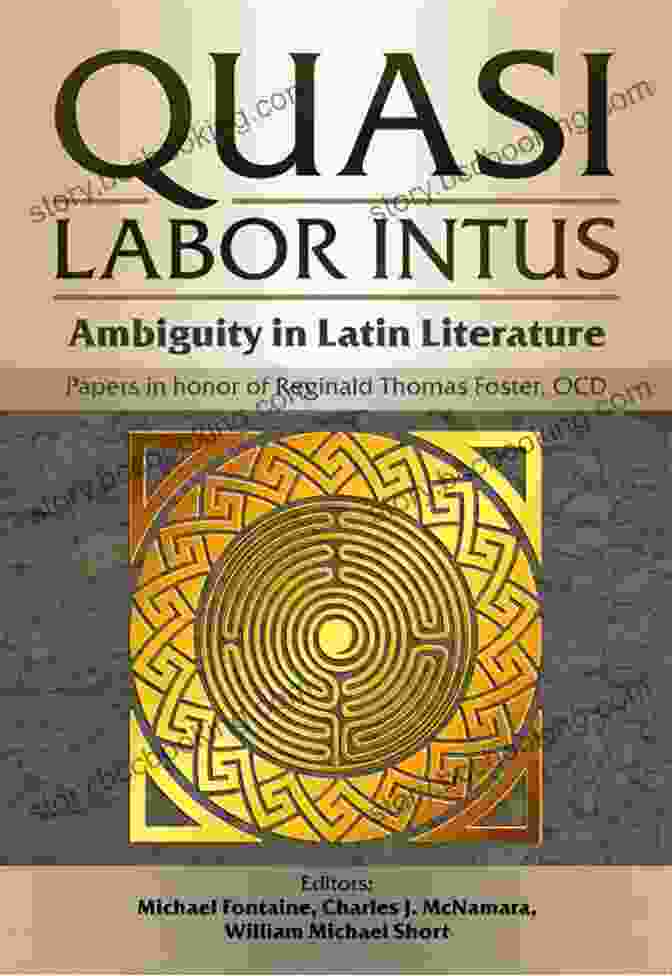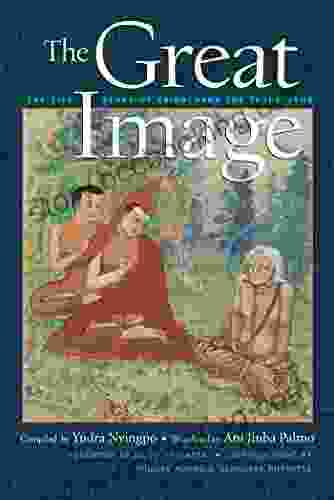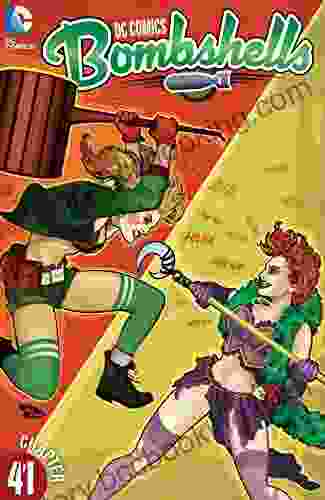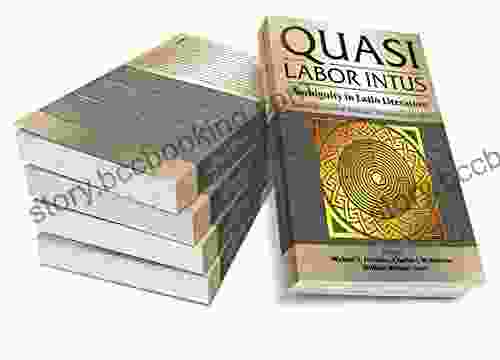Delve into the Linguistic Labyrinth: Quasi Labor Intus Ambiguity in Latin Literature


Latin literature, renowned for its eloquence and complexity, harbors a fascinating linguistic phenomenon known as 'Quasi Labor Intus' ambiguity. This intriguing ambiguity arises when a word or phrase can be interpreted in multiple ways, creating a labyrinth of possible meanings. In this comprehensive article, we embark on an enthralling journey to unravel the secrets of Quasi Labor Intus ambiguity, exploring its origins, manifestations, and profound impact on Latin texts.
Historical Origins: Tracing the Roots of Ambiguity
Quasi Labor Intus ambiguity finds its genesis in the intrinsic nature of Latin itself. As a highly inflected language with a complex grammatical system, Latin allows for a rich tapestry of word forms and sentence constructions. This inherent flexibility provides fertile ground for ambiguity, where words can assume multiple roles and meanings depending on their context and usage.
4.6 out of 5
| Language | : | English |
| File size | : | 2746 KB |
| Text-to-Speech | : | Enabled |
| Screen Reader | : | Supported |
| Enhanced typesetting | : | Enabled |
| Print length | : | 312 pages |
| Lending | : | Enabled |
Furthermore, the influence of Greek thought and literature on Latin cannot be overlooked. Greek philosophers, such as Plato and Aristotle, grappled with the complexities of language and the pitfalls of ambiguity. Their ideas resonated with Roman scholars and authors, who embraced ambiguity as a tool to convey nuanced ideas and explore the fluidity of human experience.
Manifestations: Unraveling the Forms of Ambiguity
Quasi Labor Intus ambiguity manifests itself in myriad forms within Latin literature. One common type is lexical ambiguity, where a word possesses multiple distinct meanings. For example, the Latin word "puer" can signify both "boy" and "slave," leading to intriguing possibilities for interpretation.
Another form is grammatical ambiguity, which arises from the varied grammatical functions of words. The Latin word "vir" can serve as a noun, adjective, or adverb, depending on its placement and context, creating subtle shifts in meaning that can profoundly alter the interpretation of a passage.
Syntactic ambiguity, on the other hand, originates from the arrangement and interconnection of words within a sentence. The Latin phrase "servus puero librum dat" can be parsed in two ways, either "the slave gives a book to the boy" or "the boy gives a book to the slave." The ambiguity compels readers to carefully consider the context and weigh the possible interpretations.
Impact: Unveiling the Significance of Ambiguity
Quasi Labor Intus ambiguity is not merely a linguistic curiosity; it plays a pivotal role in the texture and meaning of Latin literature. By creating a web of potential interpretations, ambiguity challenges readers to actively engage with the text and grapple with its complexity. It demands a deep understanding of language, context, and the author's intent.
For skilled authors, ambiguity becomes a potent tool to convey multifaceted ideas, explore hidden connections, and provoke profound reflection. Caesar's famous phrase "veni, vidi, vici" (I came, I saw, I conquered),while seemingly straightforward, harbors subtle ambiguities that have been the subject of scholarly debate for centuries.
Ambiguity also allows authors to create suspense, generate intrigue, and maintain the reader's attention throughout the narrative. The works of Ovid, Horace, and Catullus are replete with examples of ambiguity used to craft enigmatic and emotionally resonant passages.
Quasi Labor Intus ambiguity stands as a testament to the richness and complexity of Latin literature. It is a linguistic labyrinth that invites readers to venture beyond the surface meaning and explore the depths of linguistic artistry. Through its multifaceted manifestations and profound impact, ambiguity challenges the boundaries of language and empowers skilled authors to create works of enduring significance.
Unveiling the secrets of Quasi Labor Intus ambiguity is an exhilarating journey for linguists, scholars, and lovers of Latin literature alike. It opens up new avenues of interpretation, enriches our understanding of the language, and deepens our appreciation for the enduring power of the written word.
Embrace the ambiguity. Delve into the labyrinth of Quasi Labor Intus and discover the hidden treasures that await you within the pages of Latin literature.
4.6 out of 5
| Language | : | English |
| File size | : | 2746 KB |
| Text-to-Speech | : | Enabled |
| Screen Reader | : | Supported |
| Enhanced typesetting | : | Enabled |
| Print length | : | 312 pages |
| Lending | : | Enabled |
Do you want to contribute by writing guest posts on this blog?
Please contact us and send us a resume of previous articles that you have written.
 Book
Book Novel
Novel Page
Page Chapter
Chapter Text
Text Story
Story Genre
Genre Reader
Reader Library
Library Paperback
Paperback E-book
E-book Magazine
Magazine Newspaper
Newspaper Paragraph
Paragraph Sentence
Sentence Bookmark
Bookmark Shelf
Shelf Glossary
Glossary Bibliography
Bibliography Foreword
Foreword Preface
Preface Synopsis
Synopsis Annotation
Annotation Footnote
Footnote Manuscript
Manuscript Scroll
Scroll Codex
Codex Tome
Tome Bestseller
Bestseller Classics
Classics Library card
Library card Narrative
Narrative Biography
Biography Autobiography
Autobiography Memoir
Memoir Reference
Reference Encyclopedia
Encyclopedia Richard L Allen
Richard L Allen M J York
M J York Lynne Carter
Lynne Carter Louis Van Dyke
Louis Van Dyke Thomas Kunkel
Thomas Kunkel Peter Dendle
Peter Dendle Tessa E Boyd
Tessa E Boyd Maoz Azaryahu
Maoz Azaryahu Pete Magill
Pete Magill Tess Thompson
Tess Thompson Philip C Kolin
Philip C Kolin Patricia Coenjaerts
Patricia Coenjaerts Terry Lynn Karl
Terry Lynn Karl Magdalena Wszelaki
Magdalena Wszelaki Rick Clark
Rick Clark Siim Land
Siim Land Margo Armstrong
Margo Armstrong R J Rushdoony
R J Rushdoony Steven Bright
Steven Bright Ludwig Von Mises
Ludwig Von Mises
Light bulbAdvertise smarter! Our strategic ad space ensures maximum exposure. Reserve your spot today!

 Robert FrostUnlock the Healing Power of Color: A Comprehensive Guide to How To Heal With...
Robert FrostUnlock the Healing Power of Color: A Comprehensive Guide to How To Heal With...
 George Bernard ShawThe Life Story of Vairochana the Translator: A Literary Masterpiece that...
George Bernard ShawThe Life Story of Vairochana the Translator: A Literary Masterpiece that... Camden MitchellFollow ·7k
Camden MitchellFollow ·7k Jake CarterFollow ·5.1k
Jake CarterFollow ·5.1k Davion PowellFollow ·12.7k
Davion PowellFollow ·12.7k Todd TurnerFollow ·19k
Todd TurnerFollow ·19k Pat MitchellFollow ·12.6k
Pat MitchellFollow ·12.6k Darren BlairFollow ·8.2k
Darren BlairFollow ·8.2k Jaden CoxFollow ·10.3k
Jaden CoxFollow ·10.3k Carlos FuentesFollow ·4.4k
Carlos FuentesFollow ·4.4k

 Truman Capote
Truman CapoteShort, Skinny Mark Tatulli: The Ultimate Guide to a...
Are you tired of being...

 Robert Heinlein
Robert HeinleinEmbark on an Unforgettable Cycling Adventure: The Classic...
Explore the Timeless...

 Bryce Foster
Bryce FosterMisty Twilight: Marguerite Henry's Enduring Masterpiece
A Literary Legacy that...

 Anton Chekhov
Anton ChekhovUnleash the Explosive Power of DC Comics Bombshells 2024...
Prepare yourself for an...

 Juan Butler
Juan ButlerUnleash the Thrill: Discover 'Know Your Rider' by...
Prepare yourself for an...
4.6 out of 5
| Language | : | English |
| File size | : | 2746 KB |
| Text-to-Speech | : | Enabled |
| Screen Reader | : | Supported |
| Enhanced typesetting | : | Enabled |
| Print length | : | 312 pages |
| Lending | : | Enabled |










